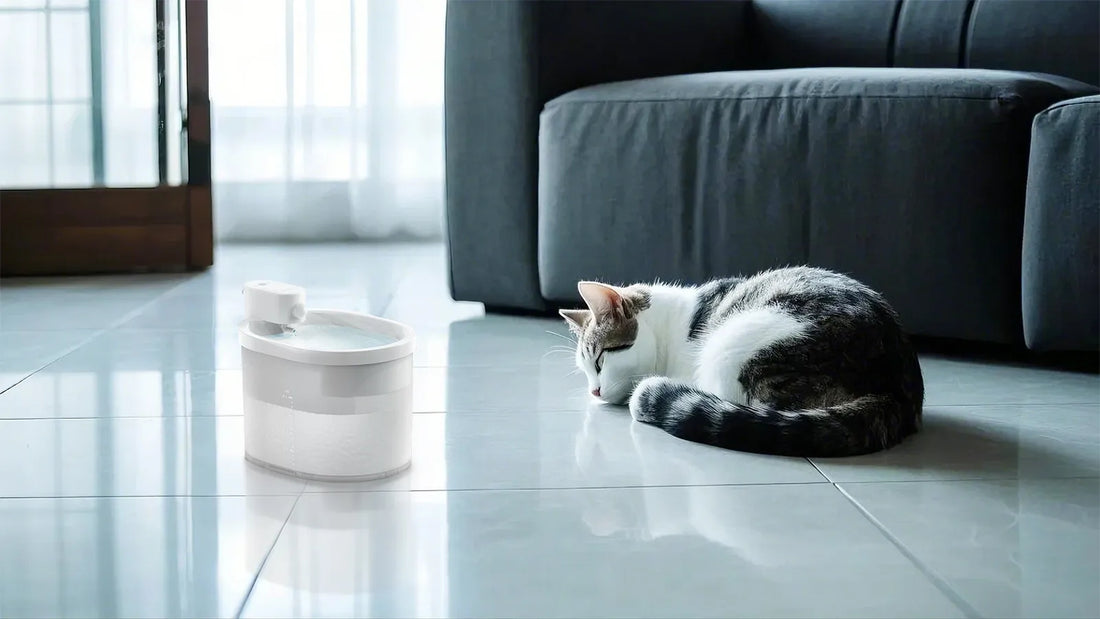Have you ever noticed how your dog’s eyes light up at the sight of a ball? That tail-wagging, eager expression is hard to miss. When your dog wants to play ball, it’s more than just a game—it’s a window into their instincts, emotions, and needs. Understanding why dogs are so drawn to this activity can help you create a stronger bond with your furry friend while ensuring they stay happy and healthy.
The Instinct Behind the Ball
Dogs are natural hunters and retrievers, a trait inherited from their wild ancestors. When your dog wants to play ball, they’re tapping into their primal instincts. Chasing and retrieving objects mimics the behavior of hunting prey, which was essential for survival in the wild. Even though your dog may not need to hunt for food today, this instinct remains deeply ingrained in their DNA.
Playing ball also satisfies your dog’s need for mental and physical stimulation. Dogs are intelligent creatures that thrive on challenges and activities that engage their minds. A simple game of fetch can provide both exercise and mental enrichment, making it an ideal way to keep your dog entertained.
The Benefits of Playing Ball
When your dog wants to play ball, they’re not just having fun—they’re reaping numerous benefits. Here are some of the key advantages of this activity:
- Physical Exercise: Fetching a ball requires running, jumping, and sprinting, which helps your dog stay fit and maintain a healthy weight.
- Mental Stimulation: The act of tracking the ball, calculating its trajectory, and retrieving it engages your dog’s brain, keeping them sharp and focused.
- Bonding Opportunity: Playing ball together strengthens the bond between you and your dog. It’s a shared activity that builds trust and reinforces your role as their leader.
- Stress Relief: Physical activity releases endorphins, which can help reduce stress and anxiety in dogs. A good game of fetch can leave your dog feeling relaxed and content.
How to Play Ball Safely
While playing ball is a fun and beneficial activity, it’s important to ensure it’s done safely. Here are some tips to keep in mind:
- Choose the Right Ball: Select a ball that’s the appropriate size for your dog. Avoid small balls that could be a choking hazard or large balls that are difficult for your dog to carry.
- Play in a Safe Area: Choose a secure, open space where your dog can run freely without the risk of traffic or other hazards.
- Monitor Your Dog’s Energy Levels: Pay attention to your dog’s stamina and avoid overexertion. Take breaks as needed to prevent fatigue or injury.
- Avoid Overuse Injuries: Repetitive movements like fetching can strain your dog’s joints and muscles. Mix up the activities to give your dog a well-rounded exercise routine.
Understanding Your Dog’s Signals
When your dog wants to play ball, they’ll often communicate their desire through body language. Look for these common signals:
- Tail Wagging: A wagging tail is a clear sign of excitement and anticipation.
- Barking or Whining: Some dogs vocalize their eagerness to play.
- Bringing the Ball to You: If your dog drops the ball at your feet, they’re inviting you to join the game.
- Play Bow: This posture, where your dog lowers their front legs and raises their hind end, is a classic invitation to play.
Making Playtime Fun and Engaging
To keep your dog interested in playing ball, try these tips to make the activity more engaging:
- Use Different Balls: Experiment with balls of various textures, sizes, and colors to keep things exciting.
- Incorporate Training: Use fetch as an opportunity to reinforce commands like “sit,” “stay,” and “drop it.”
- Add Variety: Alternate between fetch and other games like tug-of-war or hide-and-seek to keep your dog mentally stimulated.
- Reward Your Dog: Praise and treats can motivate your dog and make playtime even more enjoyable.
When Your Dog Doesn’t Want to Play
While most dogs love playing ball, there may be times when your dog seems uninterested. This could be due to various reasons, such as fatigue, illness, or boredom with the activity. If your dog consistently avoids playing ball, consider consulting a veterinarian to rule out any underlying health issues. You can also try introducing new toys or activities to reignite their enthusiasm.
The Role of Play in a Dog’s Life
Play is an essential part of a dog’s life, contributing to their overall well-being. When your dog wants to play ball, they’re not just seeking entertainment—they’re fulfilling their natural instincts and needs. By understanding and embracing this behavior, you can provide your dog with a happier, healthier, and more fulfilling life.
So, the next time your dog brings you a ball with that irresistible look in their eyes, take a moment to appreciate the joy and connection this simple game brings. Grab that ball, head outside, and enjoy some quality time with your best friend. After all, there’s nothing quite like the bond between a dog and their human when they’re playing ball together.













